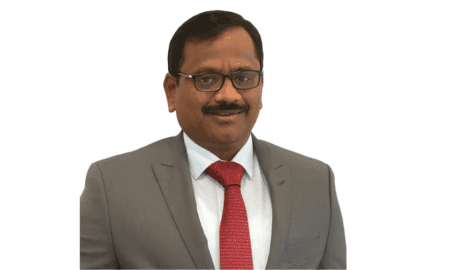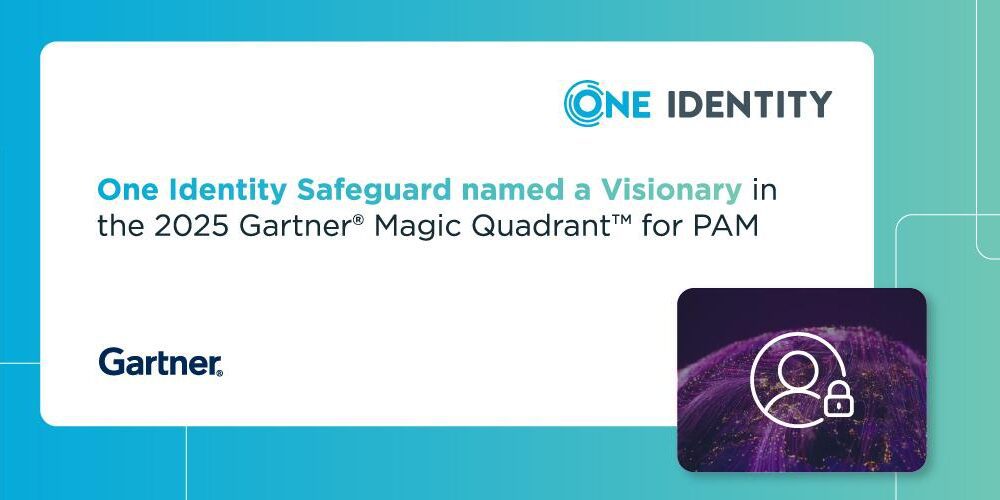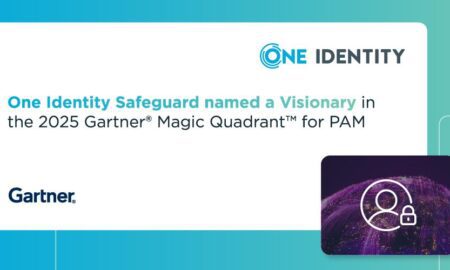Shweta Venkateswaran is a seasoned software engineer and technical leader with over 14 years of experience designing scalable, high-performance systems in the tech industry. Her career spans complex distributed systems, backend infrastructure, and cross-functional technical leadership. Today, as a Principal Engineer, she plays a key role in shaping architectural strategy, mentoring engineering teams, and driving innovation across large-scale platforms. In this interview, we take a deep dive into Shweta’s journey from individual contributor to principal engineer, her approach to software design, and what it takes to lead system architecture in a fast-moving, high-impact environment.
Q1: What does “software architecture” mean to you, and how has your understanding of it evolved?
Software architecture is about designing systems that go beyond meeting functional requirements; it’s about building with quality attributes, such as modifiability, scalability, performance, and resilience, in mind. Early in my career, I saw architecture as something abstract, something that only very senior engineers dealt with. However, as I worked on increasingly complex systems, I realized that architecture decisions are evident everywhere, whether you formally own them or not.
Architecture is about trade-offs, patterns, resilience, and people. It’s about being able to zoom out and see how all the pieces fit, not just now, but a year or five years from now. It’s the discipline of making intentional decisions in an environment that’s constantly evolving, and designing systems that can grow with it.

Shweta Venkateswaran
Q2: How did you transition from being a strong individual contributor to becoming a Principal Engineer?
I always wanted to be an architect, even as an individual contributor, I would make an effort to understand the overall system and how each minor feature affected the product as a whole. That mindset naturally pushed me to look beyond implementation and into design.
One turning point came when I proposed a foundational data model change that could significantly improve scalability and resilience. That idea earned me the opportunity to lead the initiative, my first real step into a technical leadership role.
Since then, I haven’t looked back. I’ve consistently taken the initiative to identify architectural improvements that strengthen the system, keeping quality attributes such as modifiability, performance, and reliability in mind. Over time, this proactive approach led me to where I am today, driving architecture across teams and leading through design.
Q3: What kinds of problems do you find most interesting to design?
I’m most drawn to problems that involve scale, performance, and cost-efficiency. The idea of scaling a small feature while staying within budget and still delivering high impact excites me. These kinds of challenges force you to think holistically: not just about what works, but what lasts, what’s maintainable, and what can evolve with growth.
One of the most fulfilling projects I’ve worked on was a cost optimization initiative that resulted in an annual savings of $3.6 million. It wasn’t just about cutting costs; it was about building a system based on usability, scalability, and long-term sustainability.
Designing systems, such as orchestration layers or optimization platforms, requires clarity, systems thinking, and long-term ownership —precisely the kinds of problems I enjoy solving.
Q4: What does a Principal Engineer do differently from a Senior Engineer?
A Senior Engineer typically owns a specific feature or service, taking it from design to delivery, often working independently and mentoring when possible. A Principal Engineer, on the other hand, is responsible for delivering the entire project, often one that spans multiple teams, services, and layers of the stack.
As a Principal Engineer, I’m accountable for the overall architecture and guide other engineers — senior or junior — to ensure that each piece comes together. I unblock technical issues, assign the right projects to the right people based on their strengths, and work closely with engineering managers to align staffing and priorities.
I’m also responsible for estimating project scope, presenting designs to cross-functional stakeholders and leadership, and getting architectural buy-in. And throughout all of this, I mentor engineers at every level to help them grow into more strategic, system-aware contributors.
Success at this level is measured by impact and influence, not just in systems, but in how well you elevate the team around you.
Q5: You’ve moved from individual contributor to principal architecting large platforms. What are some of the most interesting, high‑impact systems you’ve personally built or led?
I’ve led several large live data migrations, including one that moved approximately 465 million active PayPal accounts from a legacy store into a modern database platform, and another that migrated roughly 50,000 Splunk tenants onto a next-generation architecture. Each one required a different strategy to achieve near-zero downtime and zero data loss: carefully staged cutovers, brief read-only windows when needed, dual-write or replay pipelines, and layered validation before entirely switching traffic. I’ve also helped build core services from the ground up, including PayPal’s stored value service, where we developed an entire legacy service in Java that was more performant. Additionally, I led the SPL2 search orchestration layer at Splunk, which helps introduce a new compiler language to customers. A common thread in all of these is designing for maintainability and modifiability from the start, clear domain boundaries, contract-first APIs, versioned schemas, and integrating authentication (authN) and authorization (authZ), as well as observability. That upfront discipline has allowed these systems to evolve smoothly, rather than requiring expensive rewrites later.
Q6: You’ve mentored many engineers. What does effective technical mentorship look like to you?
Mentorship isn’t about giving answers — it’s about teaching people how to think architecturally. I help engineers develop pattern recognition, think critically about trade-offs, and communicate their ideas.
Sometimes, it’s as simple as asking the right questions in a design review. Other times, it’s about helping someone see their own growth path. I also believe in making space — creating an environment where people feel safe to speak up, challenge ideas, and take ownership of decisions.
Q7: As a woman in backend engineering, how have you established your voice in a male-dominated space?
By being clear, consistent, and data-driven. I’ve found that building credibility through thoughtful work and steady delivery goes a long way. That said, there have been times when I’ve had to assert myself more than others might have, just to be heard.
Over time, I’ve learned that showing up with both technical depth and clarity is a powerful approach. I’ve also mentored women to do the same, because representation matters, especially in deeply technical roles.
Q8: What advice would you give engineers who want to grow beyond execution into architecture and influence?
Stop focusing only on your tasks. Look at the system holistically. Ask “why” something is the way it is. Get curious about constraints, scalability, and long-term trade-offs.
Additionally, practice communicating your ideas — influence is not just technical; it’s also interpersonal. Lead through clarity, not noise. And take initiative. Many architectural opportunities aren’t assigned — they’re claimed by people who see something others missed.
Thank you, Shweta, for sharing your insights and experiences. Your journey offers valuable lessons for both current and aspiring engineering leaders.
Readers can connect with Shweta on LinkedIn: https://www.linkedin.com/in/shweta-venkateswaran-21484259/
































